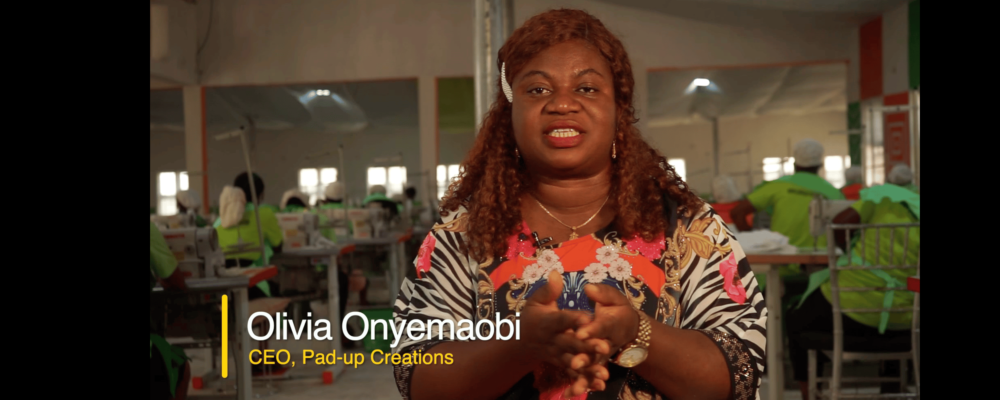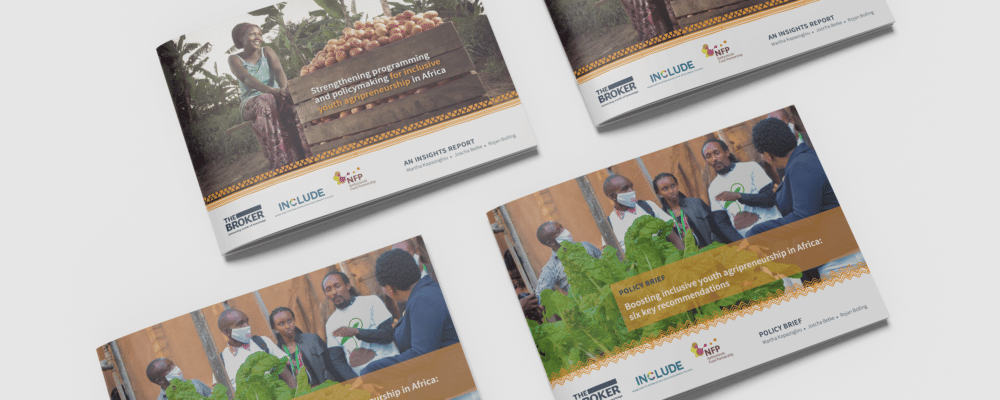
Africa is the most youthful continent in the world, with 226 million youth (aged 15–24) in 2015–which is roughly 20% of the global youth population. While youth populations in other regions of the world have stabilized, Africa’syouth populationis growing rapidlyand is expected toincrease by 42%by 2030. At the same time, youth in Africa face significant economic challenges, accounting for 60% of all unemployed in Africa. Hence, youth employment is a top priority for Africa. In her address at the opening of the 28th ordinary session of the Assembly of Heads of State and Government of the African Union, Dr Nkosazana Dhlamini-Zuma (then Chairperson of the African Union Commission) pointed out that “[T]he future of Africa belongs to youth, but the quality of thatfuture will be determined by what they do with it today”. The African Union has adopted the theme ‘Harnessing the Demographic Dividend through investments in Youth’ for 2017. In addition, youth feature prominently in the African Development Bank’s (AfDB’s) High Five Priorities, as supported by the Jobs for Youth in Africa Strategy. A great sense of urgency regarding high youth underemployment in Africa is also visible among African governments, the EU and its member states, as well as donor countries.
In this context, INCLUDE, the knowledge platform on Inclusive Development Policies, and the Netherlands Ministry of Foreign Affairs organized aconference on ‘Boosting youth employment in Africa: what works and why?’ in The Hague, on 30 May 2017. The conference was attended by 140 expertsfrom governments, the private sector, NGOs and knowledge institutes in Europe and Africa.The objective of the conference was to use state-of-the-art knowledge to answer the question: How can we achieve substantial progress in creating employment opportunities for large numbers of African youth?
In preparation for the conference, the INCLUDE Secretariat developed a synthesis reportoutlining the main issues for debate. The report reviews the latest (rigorous) knowledge on the nature of the youth employment challenge in Africa (diagnostics) and identifies what worksto promote youth employment and why. It seeks to capture the emerging consensus on the key short-term and long-term priorities for promoting youth employment. The report also addresses the possible choices involved and the roles of the relevant actors, ranging from national governments and the private sector to (international) development banks, NGOs and knowledge institutes. These different actors featured prominently in the audience and programme of the conference, which consisted ofkey note lectures,break out dialogue sessions and panel debates, including a panel with youth from Kenya, Nigeria, Benin, Rwanda and Uganda.









